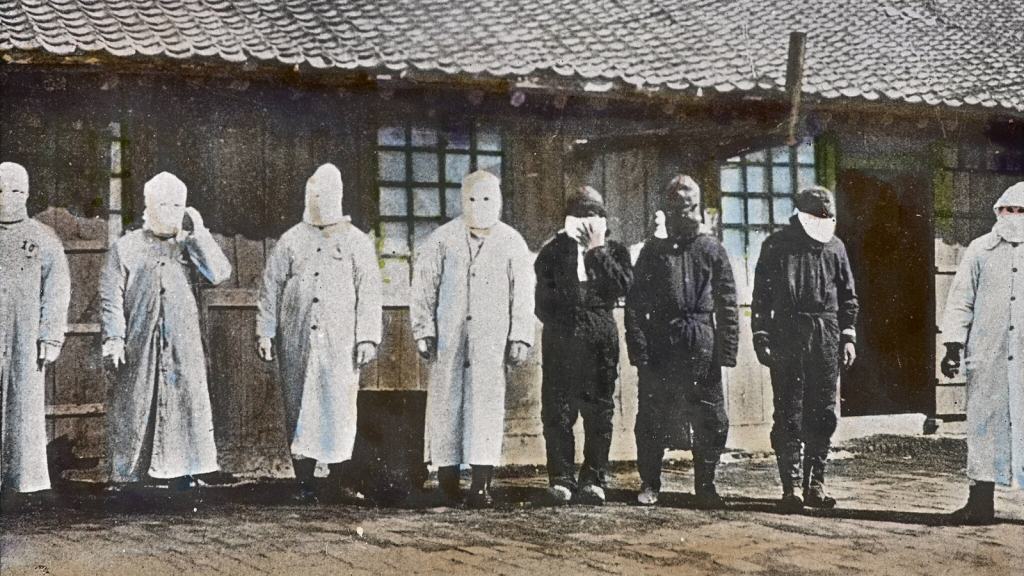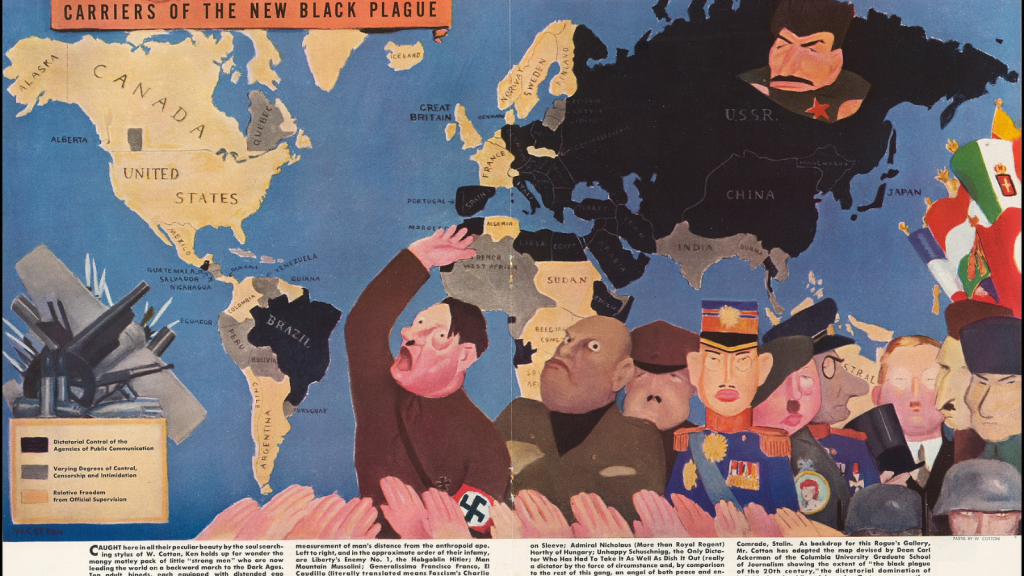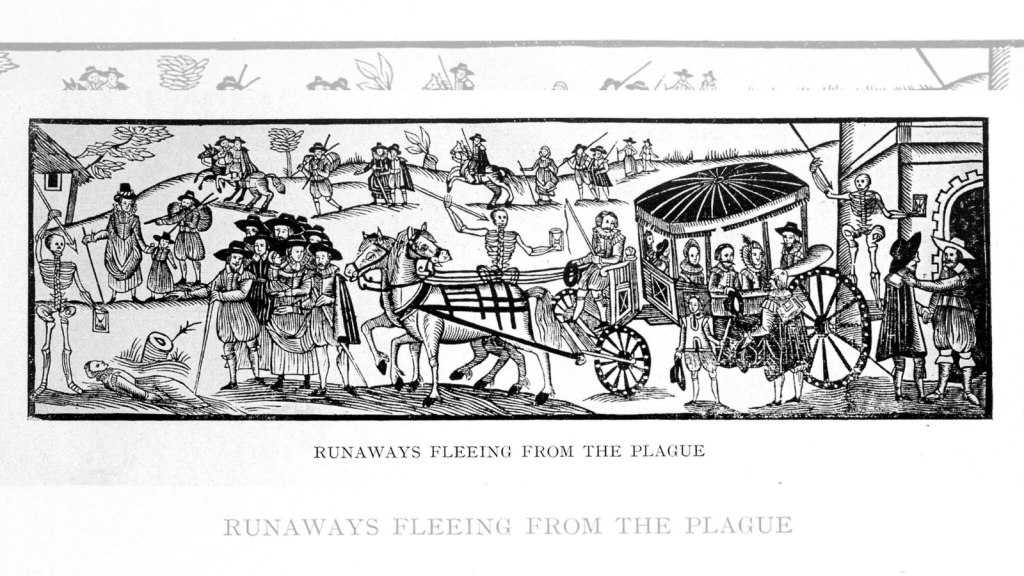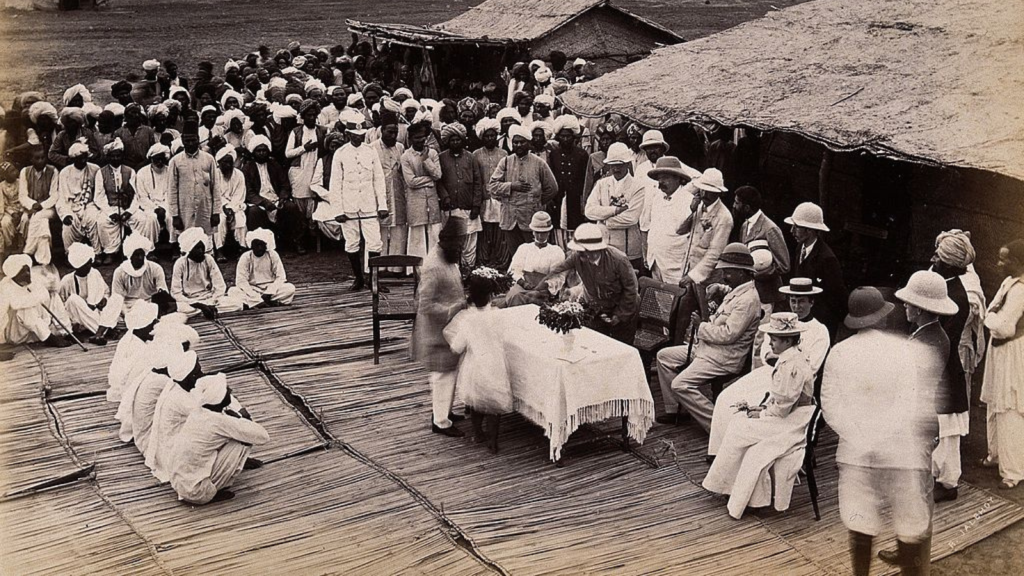The Black Death is one of history’s darkest chapters, but there’s so much more to it than the basics we all learned in school. It wasn’t just a medieval health crisis—it was a terrifying and world-changing event. From bizarre remedies to the staggering death toll, the plague reshaped societies, economies, and even religion in ways that are still felt today. The details of how people tried to cope, what they believed, and how the disease spread will make your skin crawl.
Here are 23 bone-chilling facts about the Black Death that’ll leave you with a new appreciation for modern medicine—and a shiver down your spine.
The Plague Killed Nearly Half of Europe’s Population

Between 1347 and 1351, the Black Death wiped out about 25 to 50 million people in Europe. That’s roughly one-third to one-half of the population. Entire towns were left empty, and it took over a century for the population to recover.
It Wasn’t Just One Disease

Although we call it the “Black Death,” historians believe the pandemic was caused by a combination of diseases, including the bubonic plague, pneumonic plague, and septicemic plague. Each form attacked differently, making it harder to escape its deadly grip.
The Disease Was Spread by Fleas on Rats

The most common carriers of the plague were fleas that lived on black rats. As these rats traveled on ships and trade routes, the fleas jumped to humans, spreading the disease wherever they landed.
Some Thought It Was God’s Punishment

People in medieval Europe were desperate for answers. Many believed the plague was divine punishment for humanity’s sins. This led to mass repentance and brutal religious rituals, like self-flagellation, in an attempt to appease God.
It Inspired the Grim Reaper

The Black Death deeply influenced medieval art and culture, including the iconic image of the Grim Reaper. The skeletal figure with a scythe reflected the omnipresence of death during the plague years.
Venice Invented Quarantine to Fight It

The word “quarantine” comes from the Italian “quaranta giorni,” meaning forty days. Ships arriving in Venice had to anchor offshore for 40 days to ensure they weren’t bringing the plague with them. This early form of isolation helped slow the spread of disease.
“Ring Around the Rosie” May Have Origins in the Plague

Some historians believe the nursery rhyme “Ring Around the Rosie” references the Black Death. The “rosie” may symbolize a rash, while “ashes” could refer to cremation. However, this theory is debated and not definitively proven.
Victims Often Died Within Days

The plague was horrifyingly fast. Infected people often showed symptoms like swollen lymph nodes, fever, and vomiting and could die within three to five days.
Mass Graves Became Common

With so many deaths, burial practices had to change. Mass graves, sometimes called plague pits, were dug to bury the overwhelming number of victims.
Doctors Wore Creepy Plague Masks

Plague doctors wore beaked masks filled with aromatic herbs, believing the smell would protect them from “bad air” that they thought caused the disease. The look was unsettling and added to the horror of the time.
Animals Were Blamed and Killed

In some regions, cats and dogs were thought to spread the plague, leading to mass killings of these animals. Ironically, this may have worsened the problem, as it allowed rat populations to grow unchecked.
The Plague Didn’t Just Hit Europe

The Black Death began in Asia, likely in China or Mongolia, and spread along trade routes like the Silk Road. It affected the Middle East, North Africa, and even sub-Saharan Africa, making it a truly global pandemic.
The Plague Kept Returning for Centuries

The Black Death wasn’t a one-time disaster. Smaller outbreaks of the plague occurred in Europe for over 300 years, with some areas facing devastating local epidemics.
It May Have Changed Human Genetics

Some scientists believe the Black Death altered human genetics. Survivors passed down genetic traits that may have made their descendants more resistant to certain diseases, like HIV.
The Economy Crumbled

With so many people dead, there were massive labor shortages, causing wages to rise for survivors. However, the economic impact was chaotic, with food shortages and abandoned farmland becoming widespread.
The Church Lost Power and Credibility

The inability of the Church to explain or stop the plague led many people to question its authority. This disillusionment contributed to social and religious changes, including the Protestant Reformation.
Entire Villages Vanished

There are records of entire villages where every resident died or fled, leaving behind ghost towns that were abandoned for decades or even centuries.
Some Communities Blamed the Jews

In one of history’s darkest chapters, Jewish communities were falsely accused of causing the plague by poisoning wells. This led to horrific massacres and widespread anti-Semitism.
Strange Cures Included Rubbing Frogs on Buboes

People were desperate for cures, leading to bizarre remedies like rubbing frogs, pigeons, or even human excrement on the swollen lymph nodes (buboes). Unsurprisingly, these treatments didn’t work.
It Transformed the Role of Women

With so many men dying, women had to step into roles they were traditionally excluded from, such as managing estates or working in trades. This shift challenged gender norms in some areas.
Plague Ships Were Left to Drift at Sea

Ships with infected crews were often abandoned at sea to prevent the disease from reaching shore. These “plague ships” became floating tombs.
Survivors Faced Psychological Scars

The trauma of the Black Death lingered long after it ended. Survivors suffered from deep psychological scars, including fear, grief, and survivor’s guilt, which influenced culture and storytelling for generations.
26 Wild Theories on How the Zombie Apocalypse Could Actually Begin

Zombies roaming the streets, ending life as we know it, and infecting almost every human on the planet while a few isolated bands of human survivors do battle with the undead and each other. We’ve all seen the movies and the TV shows. Lots of us have read the books. (I’m currently re-reading Frank Tayell’s Surviving the Evacuation series, which is really very, very good).
But how could it really start? While we’re not convinced it would look much like it does in the movies, there are many theories that suggest a zombie apocalypse of some kind is possible. But how would it begin? If I had to pick how I think a zombie apocalypse could occur, it’d be a cordyceps fungus mutation or a manmade virus accidentally (I hope) unleashed.
Read More: 26 Wild Theories on How the Zombie Apocalypse Could Actually Begin
Ellen has been obsessed with logic puzzles, jigsaws, and cryptograms since she was a kid. After learning she was taught how to play chess wrong by a family friend (so they could win), she joined her school chess club and the rest is history.


